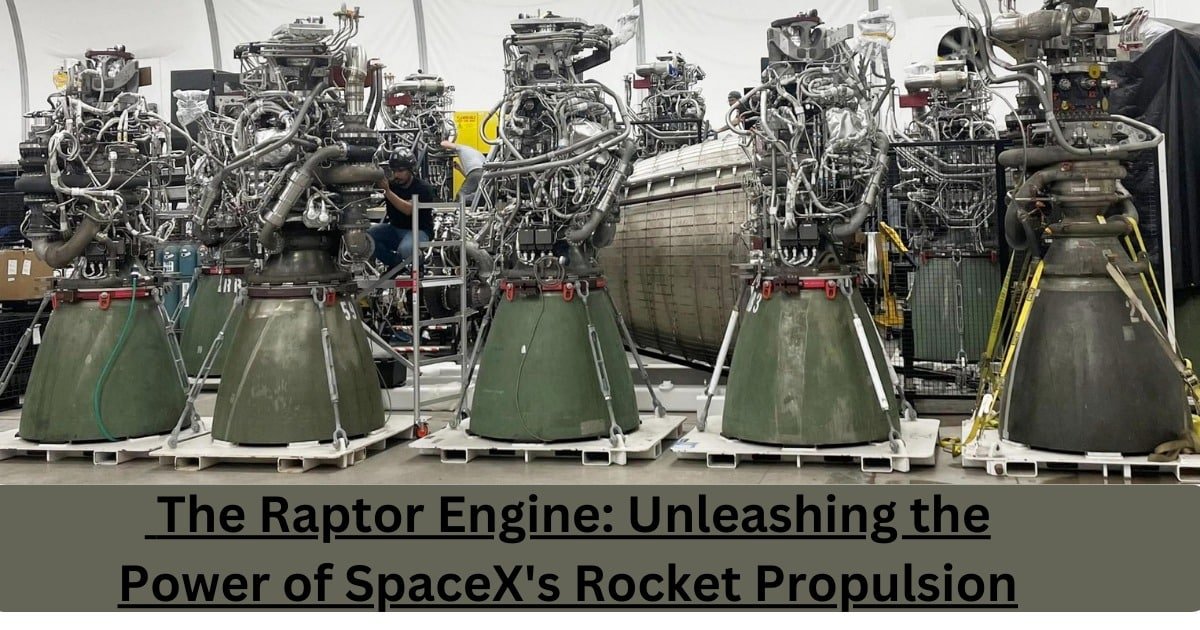Introduction
SpaceX, the trailblazing aerospace company led by Elon Musk, has made remarkable strides in rocket propulsion technology, with the development of the Raptor engine taking center stage. This blog post delves into the propellants, their ratios, and unique specifications that make the Raptor engine a game-changer in rocketry.
The Raptor Engine Propellants
At the heart of the Raptor engine are two critical propellants: Liquid Oxygen (LOX) and Liquid Methane (CH4). These propellants are carefully chosen for their performance, reusability, and versatility.
- Liquid Oxygen (LOX):
LOX is a cryogenic oxidizer that plays a vital role in rocket propulsion. It's known for its high oxygen content, making it an efficient oxidizer. With storage at extremely low temperatures, around -183 degrees Celsius (-297 degrees Fahrenheit), LOX remains in a liquid state, allowing for efficient combustion.
Key specifications of LOX:
- Chemical Formula: O2
- Boiling Point: -183°C (-297°F)
- Density: Approximately 1.141 g/cm³
- Color: Pale blue
- Liquid Methane (CH4):
CH4, a hydrocarbon-based fuel, is the chosen fuel for the Raptor engine. Its advantages include being environmentally friendly and the potential for production on Mars using local resources, aligning with SpaceX's interplanetary colonization plans.
Key specifications of CH4:
- Chemical Formula: CH4
- Boiling Point: -161.6°C (-259.0°F)
- Density: Approximately 0.424 g/cm³
- Color: Colorless and odorless
Ratios and Mixtures
The Raptor engine's exceptional performance hinges on the precise mixing of LOX and CH4 at the right ratios. While specific ratios may vary based on mission requirements, the Raptor engine typically operates at a mixture ratio of around 3.8:1, meaning 3.8 parts of LOX for every 1 part of CH4. This ensures efficient combustion, resulting in high thrust and energy production.
Performance Advantages
The combination of LOX and CH4 offers significant performance advantages for the Raptor engine:
- Reusability: Handling and storing LOX and CH4 is far easier than dealing with highly toxic and corrosive propellants, like hydrazine. This makes the Raptor engine ideal for frequent reuse, aligning with SpaceX's mission to reduce the cost of space exploration.
- Versatility: Methane's versatility extends to its potential synthesis using resources available on other planets, notably Mars. This makes it a sustainable choice for future interplanetary missions.
- Improved Isp: The Raptor engine's specific impulse (Isp), a measure of rocket engine efficiency, outperforms engines using traditional kerosene-based fuels, such as the Merlin engine in the Falcon 9 rocket.
Conclusion
The Raptor engine's use of liquid oxygen and liquid methane as propellants exemplifies SpaceX's innovation and commitment to sustainability in space exploration. These propellants offer superior reusability, performance, and versatility, aligning perfectly with SpaceX's ambitious plans, including Mars colonization. As the aerospace industry advances, the Raptor engine stands as a testament to thoughtful engineering and forward-thinking technologies, opening new horizons in space exploration

